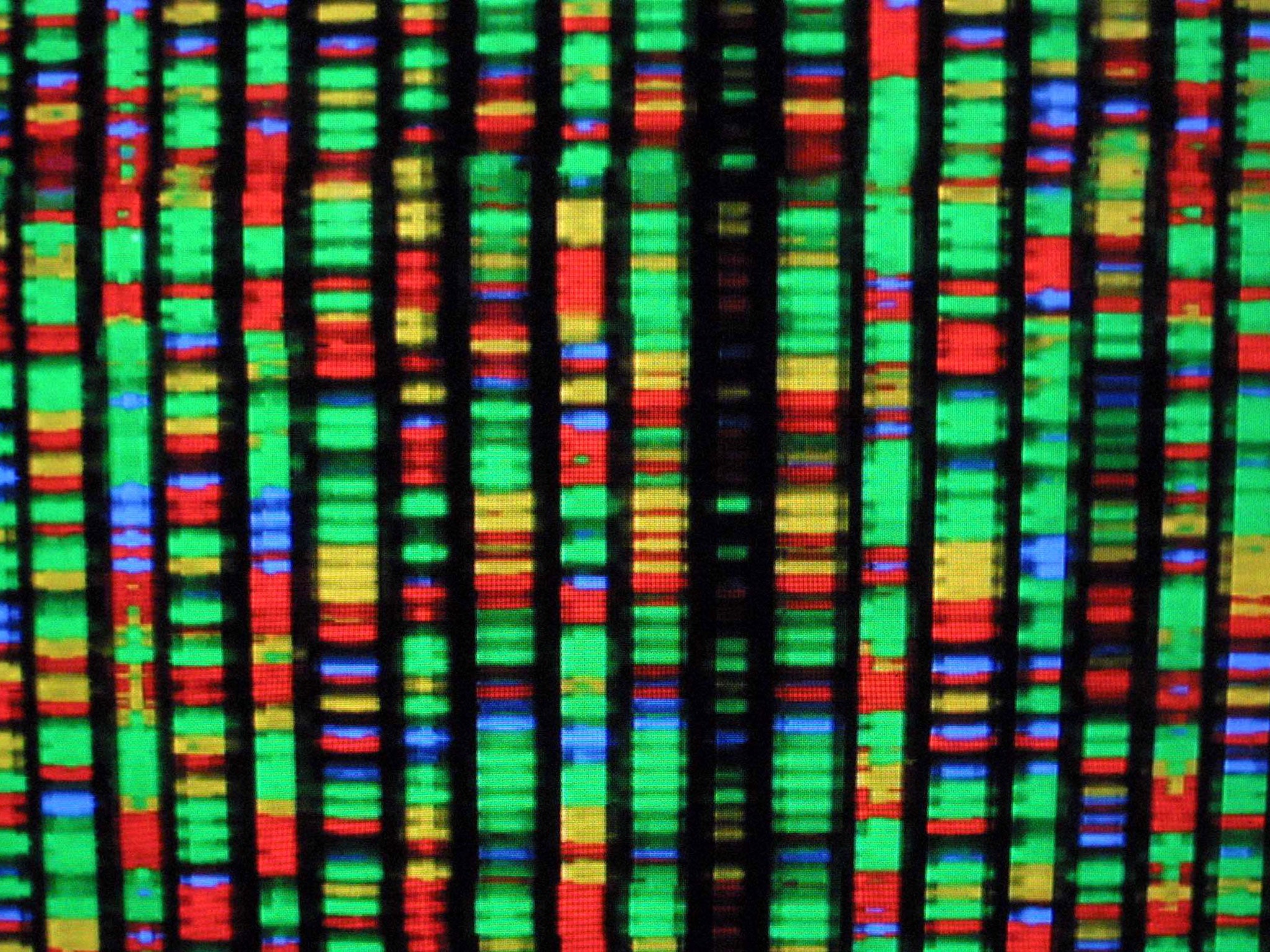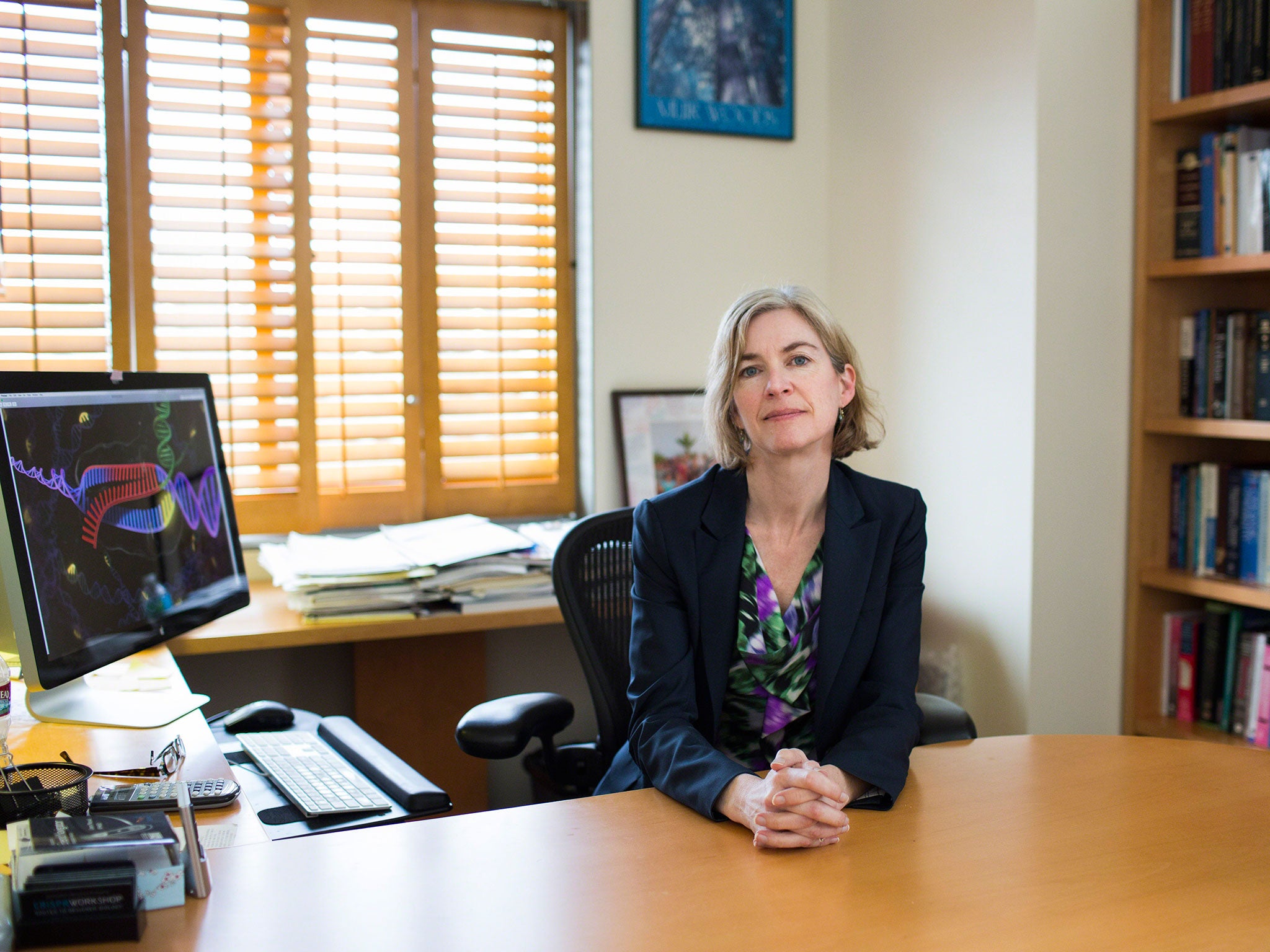Crispr: Breakthrough announced in technique of 'editing' DNA to fight off deadly illnesses
Scientists say new cell therapy could protect against diabetes and cancer

A revolutionary technique for “editing” the human genome with extreme precision has been used for the first time to “cut and paste” the genes of a key type of immune cell involved in protecting the body against a wide range of diseases, from diabetes to HIV and cancer.
Scientists believe the development could eventually result in a new approach to fighting viral infections and cancerous tumours, by “gene editing” the T-cells of the immune system in the laboratory before putting them back into the patient to protect against ill health.
Medical researchers have been trying for years to perform accurate gene therapy on T-cells circulating in the bloodstream, which are involved in protecting against invasive pathogens and cancer, as well as auto-immune disorders such as type-1 diabetes, where the immune system attacks the body’s own tissues.
However, they have not succeeded until now in cutting out mutations and precisely replacing them with healthy strands of DNA, said Alexander Marson of the University of California, San Francisco, who led the latest research.
Dr Marson and his colleagues used the Crispr (Clustered, Regularly Interspaced, Short Palindromic Repeat) gene-editing technique to cut and splice fragments of DNA within the chromosomes of human T-cells living in a laboratory dish – as “proof of principle” that the process is precise enough for eventual use as a clinical treatment.
“There is increasing interest in manipulating the genome of T-cells, either by correcting mutations or changing the genome to increase the chances of the cells being able to fight off cancer or infections,” Dr Marson said.
“We wanted not only to cut the genome, but to paste in sequences of DNA into the genome of T-cells. We have now been able to cut as well as paste pieces of the genome into human T-cells – for the first time to our knowledge.”
Crispr (pronounced “crisper”) has proved a highly accurate method of identifying precise positions on the DNA molecule and, with the help of an enzyme called Cas9, cutting the double helix strands and replacing exact sections with synthetic, healthy sequences of DNA.
Experiments on animals have shown that Crispr/Cas9 works better than any previous gene-editing technique and offers a realistic alternative to gene therapy on human cells that does not involve viruses or other cumbersome methods of editing and inserting the corrected DNA sequences.
“Genome editing in human T-cells has been a notable challenge for the field,” Dr Marson said. “So we spent the past year and a half trying to optimise editing in functional T-cells. There are a lot of potential therapeutic applications, and we want to make sure we are driving this as hard as we can.”
“It has been really challenging to get Crispr to work in T-cells. This, in our hands, allows us to achieve a new level of efficiency for cutting and repair,” he added.
A key factor in the breakthrough was the use of a technique called “electroporation”, where an electric field is applied across the T-cells in order to open up microscopic pores in the cell that allow the Crispr/Cas9 molecule to enter.
Dr Marson said that although some of the human T-cells did not survive exposure to the electric field in tests, many more recovered completely and around one in five showed they had successfully taken the gene-editing on board – a 20 per cent efficiency rate that is good enough for clinical use.
In the study, published in the journal Proceedings of the National Academy of Sciences, researchers were able to convert the CXCR4 protein on the surface of T-cells so that the genetically-modified cells were no longer prone to attack by the HIV virus.
“This could be a stepping stone to engineering T-cells that are immune to HIV and then putting them back into the body. Potentially we have the power to engineer proteins that are a target for HIV infection,” Dr Marson said.
In another experiment, the researchers used Crispr/Cas9 to remodel a T-cell protein called PD-1, involved in controlling the immune system’s attack on invasive cancer cells. The idea is to generate T-cells from a cancer patient that can be used to keep the disease in check, or even to eradicate tumours completely.
“There’s actually well-trodden ground putting modified T-cells into patients,” Dr Marson said.
“There are companies out there already doing it and figuring out the safety profile, so there’s increasing clinical infrastructure on which we could potentially piggyback as we work out more details of genome editing.”
He added: “There is still some work needed to be done to ensure it is correctly targeted, but I do think this is a powerful tool to add to the arsenal.
“For me, it’s the sort of thing that’s kept me up at night over the past year thinking about the possible clinical applications. It’s a game-changer.”
Jennifer Doudna
There is one scientist whose name constantly crops up in connection with the Crispr-Cas9 gene-editing technology.

Jennifer Doudna, of the University of California, Berkeley, was not only involved with the latest study, demonstrating how the technique can be used to “cut and paste” the DNA of human T-cells, but was also part of the project that first married the “guide molecule” Crispr with bacterial enzyme Cas-9, creating a powerful gene-editing tool.
“It’s been great to be part of this exciting collaboration, and I look forward to seeing the insights from this work used to help patients in the future,” Professor Doudna said on her contribution to the latest research effort.
Join our commenting forum
Join thought-provoking conversations, follow other Independent readers and see their replies
Comments